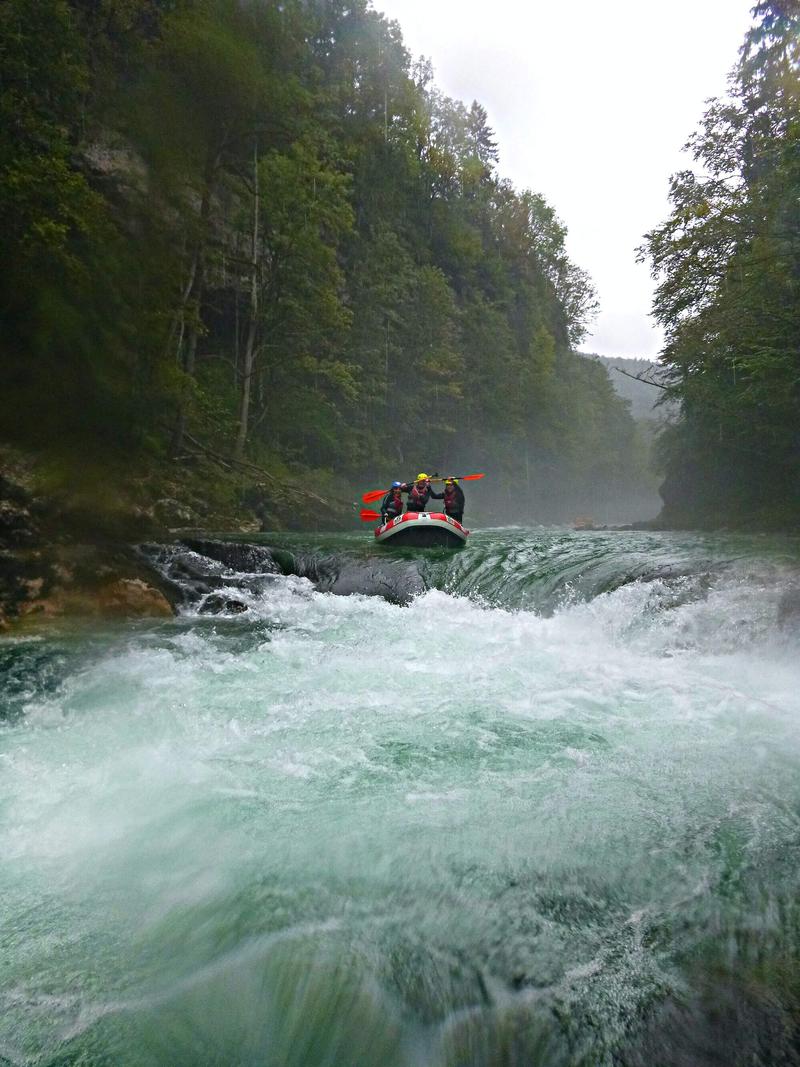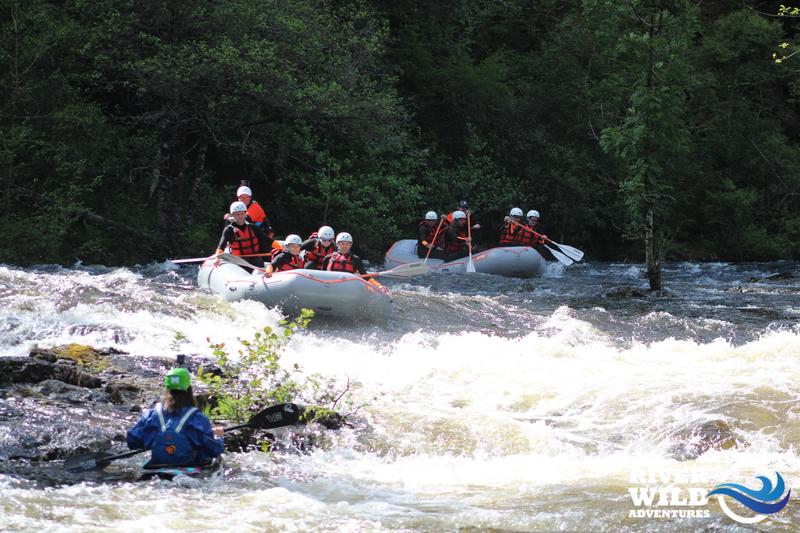What are the Different River Grades in Rafting?
In Scotland we use the international river grading system to classify our rivers. This advises all river users about the complexity of water they are going to experience. It also defines the level of training and competence required from white water rafting guides to navigate you safely down the river.
Here’s what to expect from the different river grades and where you can find these conditions.
Grade 1 River Rafting in Scotland
Grade 1 is the lowest river grade on the scale. It offers free, clear passage down the river with a regular stream, regular waves and very simple features. There might be some very simple obstructions. This type of river condition is very gentle and you will not experience white water adventures on it. It’s perfect for those just wanting to gently float on the water and enjoy the scenery.
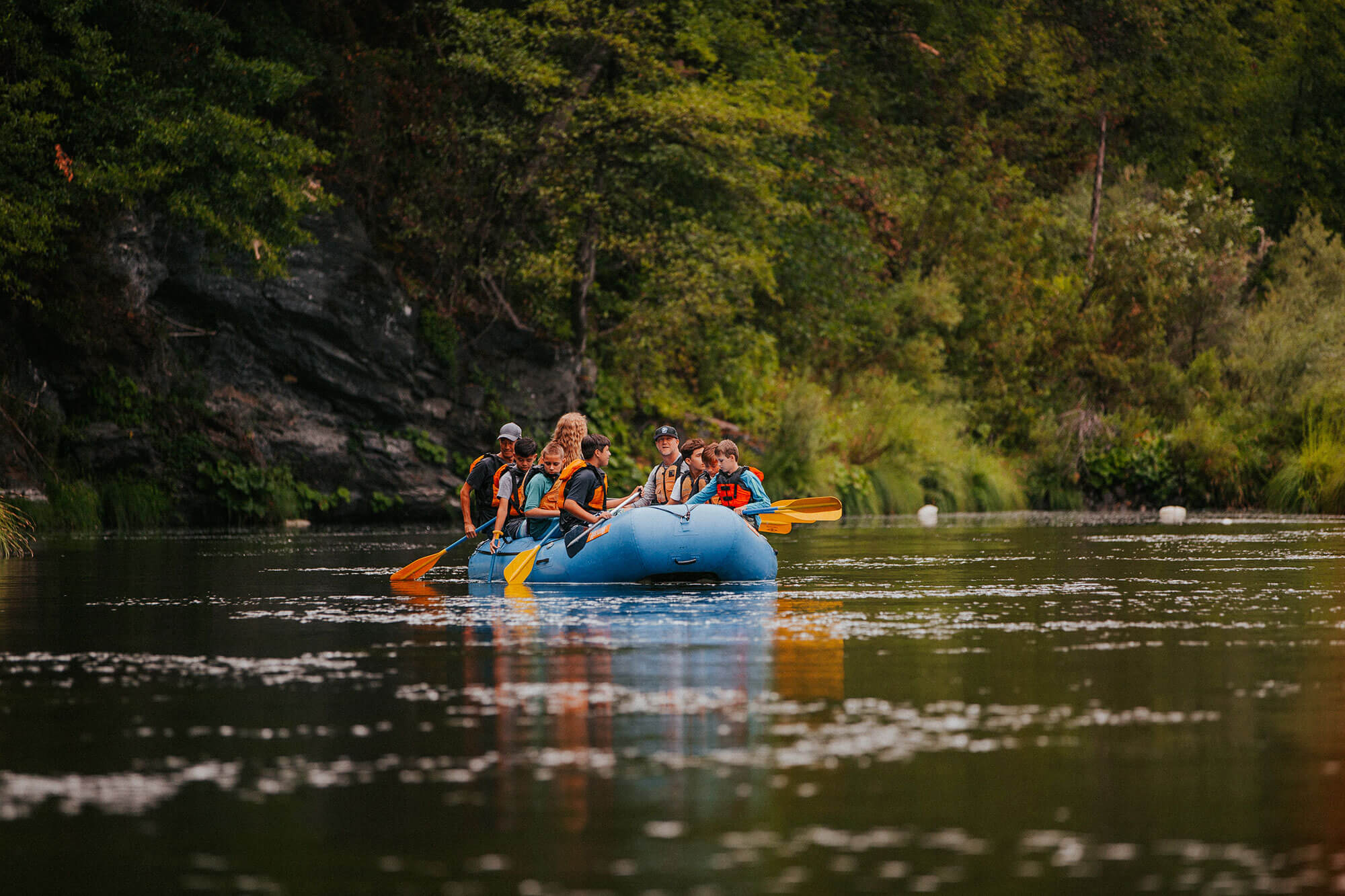
Rafting experience required:
- no previous experience needed
Examples of grade 1 rivers in Scotland:
- non-white water sections of most rivers (e.g. certain sections of the River Tay or River Spey)
Grade 2 River Rafting in Scotland
Grade 2, like grade 1, offers free passage down the river. However, the stream and waves are more irregular and there will be some moderate features such as medium rapids, small whirlpools and the like. There might also be some simple obstructions or small drops. This type of river condition is perfect for those who’d like a little bit of white water adventure without anything too scary or challenging. For example, families with adventurous children.
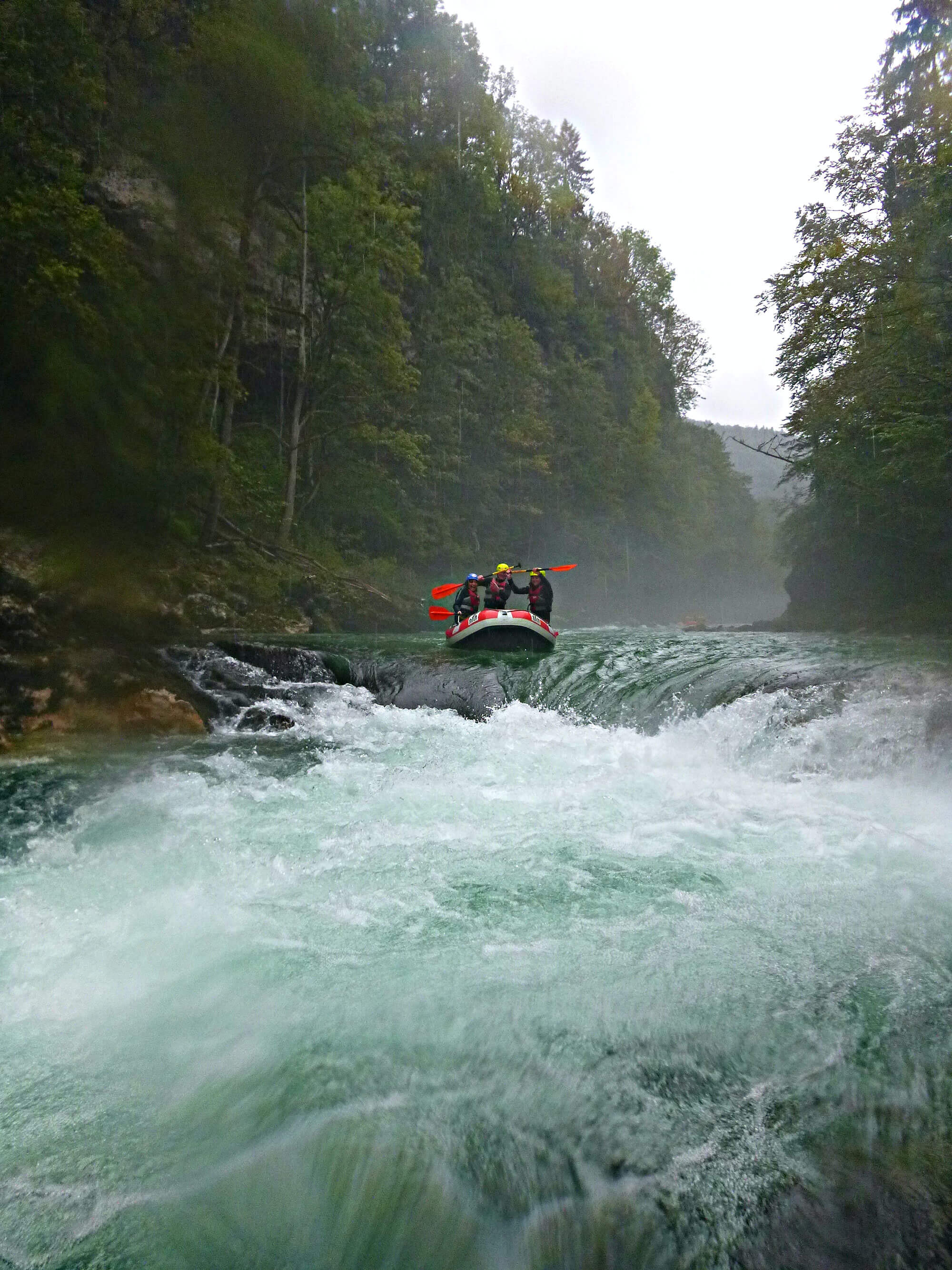
Rafting experience required:
- no previous experience needed, reasonable physical fitness recommended
Examples of grade 2 rivers in Scotland:
- River Tay from Aberfeldy to Grandtully (excluding the Grandtully rapids)
- River Spey
Grade 3 River Rafting in Scotland
Grade 3 rivers have a recognisable route downstream with high, irregular waves, larger rapids and other features with the possibility of isolated boulders, small drops and multiple obstacles. This type of river condition is great for those looking for more thrills and woo-hoo moments without wanting to push their limits too far.
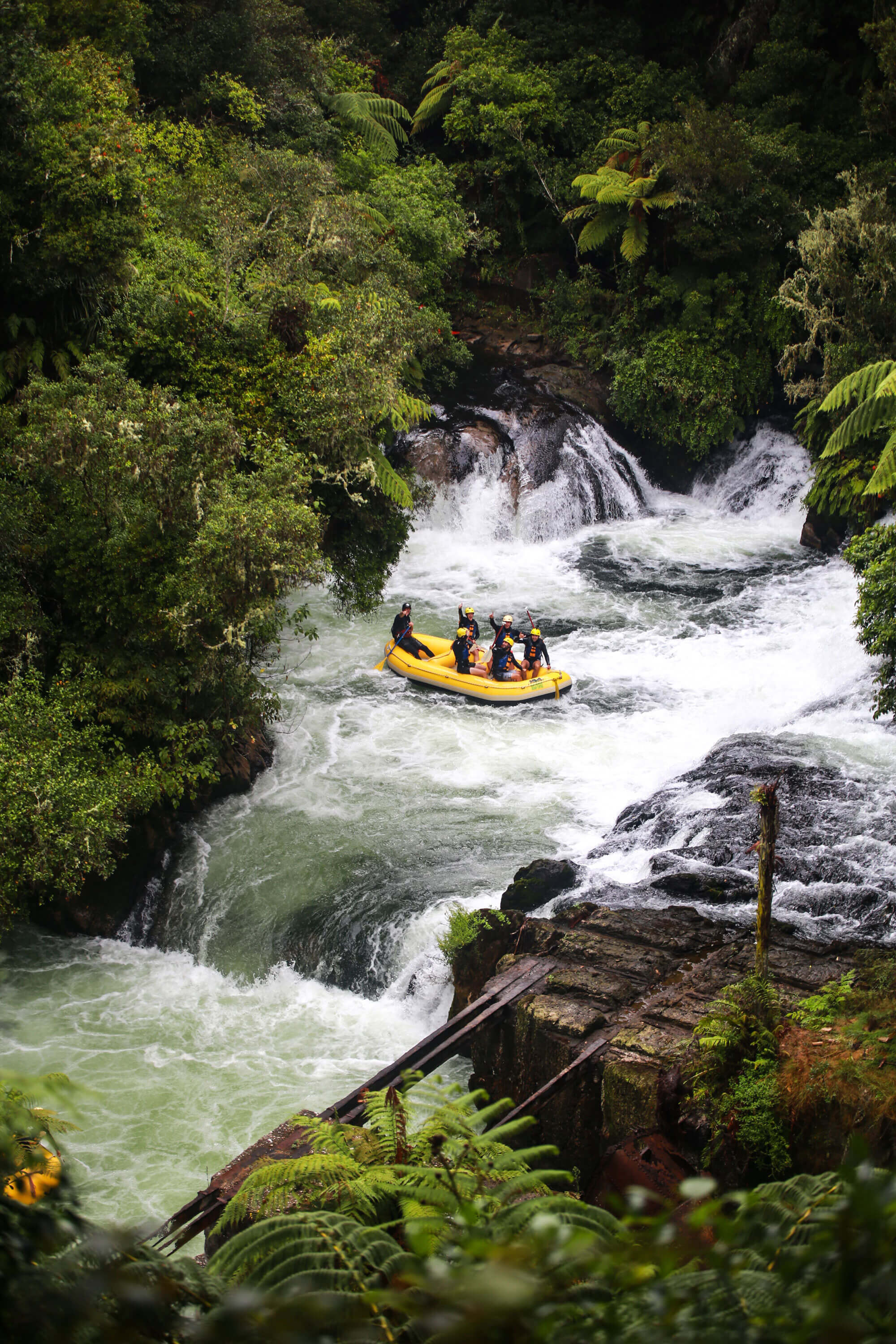
Rafting experience required:
- no previous experience needed, reasonable physical fitness required, ability to swim preferred
Examples of grade 3 rivers in Scotland:
- River Tay (Grandtully rapids)
- River Garry (Inver) (dam controlled, excluding Hey Fiddle Diddle rapid)
Grade 4 River Rafting in Scotland
Grade 4 rivers don’t always have a recognisable route downstream so inspection is mostly required to run it safely. There will be heavy, continuous rapids and other features with boulders obstructing the stream and big water. This type of river condition is great for those looking for more adventurous white water conditions, with adrenaline guaranteed. If you’ve rafted other rivers before and want a bit more, this type of river is for you.

Rafting experience required:
- previous rafting experience preferred, reasonable physical fitness essential, ability to swim strongly preferred
Examples of grade 4 rivers in Scotland:
- River Garry (Inver) (dam controlled, Hey Fiddle Diddle rapid)
- River Tummel (dam controlled)
- Lower Findhorn
- River Braan
Grade 5 River Rafting in Scotland
Grade 5 rivers have routes downstream that are difficult to recognise so inspection is usually essential to run it safely. There will be extreme rapids and other features with narrow passages, steep gradients and drops. This is the highest grade of river that can be successfully rafted and is perfect for those who are looking for the extreme. Previous rafting experience is essential because your guide will need your help to get the boat safely down the route.
Rafting experience required:
- previous rafting experience required, good physical fitness essential, ability to swim required
Examples of grade 5 rivers in Scotland:
- River Orchy,
- Moriston
Grade 6
Grade 6 river are, generally speaking, impossible to raft. They are exceptionally high risk and therefore you won’t find a commercial rafting trip going anywhere near a Grade 6 river in Scotland.

